Jasper Johns was a small-town boy from the Deep South whose university art teacher urged and convinced him to move to New York. He had known he wanted to be a painter from the age of five and was to become one of the most influential American painters of the second half of the twentieth century.Born in Augusta, Georgia in 1930 and raised in Allendale, South Carolina, Johns' childhood love of painting lead him to study art; first at the University of South Carolina from 1946 to 1947, and later in the Parsons School of Design in New York in 1948, where his work was first exhibited. His artistic career was interrupted by two years of military service in the Korean War, part of which he spent in Japan. Upon returning to New York in 1952, Johns worked in bookshops for a few years while he familiarised himself with the city’s art scene.
Jasper Johns was a small-town boy from the Deep South whose university art teacher urged and convinced him to move to New York. He had known he wanted to be a painter from the age of five and was to become one of the most influential American painters of the second half of the twentieth century.

Jasper Johns. Image available at newsoftheartworld.com
Born in Augusta, Georgia in 1930 and raised in Allendale, South Carolina, Johns' childhood love of painting lead him to study art; first at the University of South Carolina from 1946 to 1947, and later in the Parsons School of Design in New York in 1948, where his work was first exhibited. His artistic career was interrupted by two years of military service in the Korean War, part of which he spent in Japan. Upon returning to New York in 1952, Johns worked in bookshops for a few years while he familiarised himself with the city’s art scene. The friendships he struck up there with artists such as the musician John Cage and the choreographer Merce Cunningham were to have a big influence on his understanding of art. The painter Robert Rauschenberg, a fellow exponent of abstract expressionism in the 1950s, was especially influential; although Johns would later make a complete departure from that movement and go on to create new styles. A visit to Pennsylvania to view Marcel Duchamp's The Large Glass had a huge impact on his artistic vision. With his readymades, Duchamp had invented a new creative method of transforming found objects into art. The influence of this work would lead Johns to incorporate objects such as rulers, spoons and coat hangers into his paintings.
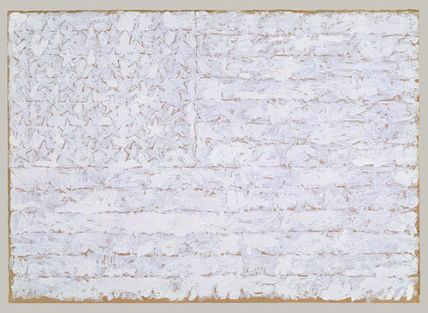

Left: Flag. Image available at www.metmuseum.org Right: Three flags. Image available at www.usc.edu
In 1954-55 he made his famous Flags, works which were hugely influential on 20th century American iconography. The paintings Flag, Target and Numbers formed part of his first great solo show at the Leo Castelli Gallery in New York. Made using the 'encaustic' technique (in which pigment is mixed with hot wax and applied to the canvas), the flag paintings were revolutionary in their apparent simplicity and power. The show made such an impact that the Museum of Modern Art (MoMA) in New York bought three of the works to exhibit in its gallery. Jasper Johns had taken a giant step forward by incorporating the everyday imagery of North American life into his work, taking “things the mind already knows” as his subject. More interested in the creative process than the work itself, Johns did not restrict himself to one single style but used diverse methods such as lithography and screen printing. At this point in his career he moved away from his roots in abstract expressionism towards new styles such as pop art, minimalism and conceptual art, which many credit him with having helped to invent. He began to incorporate objects into his paintings, transforming them into sculptures and creating original collages from the results.
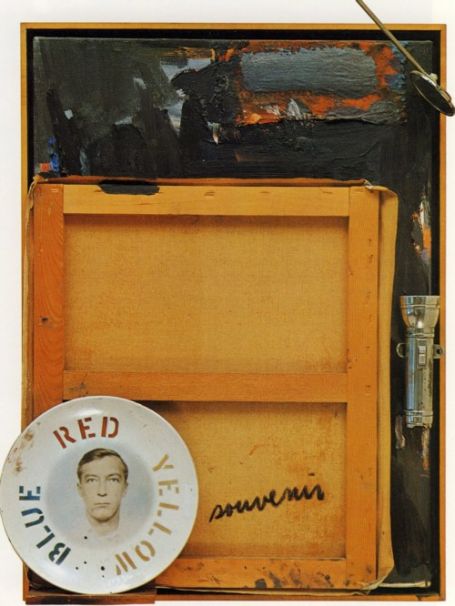
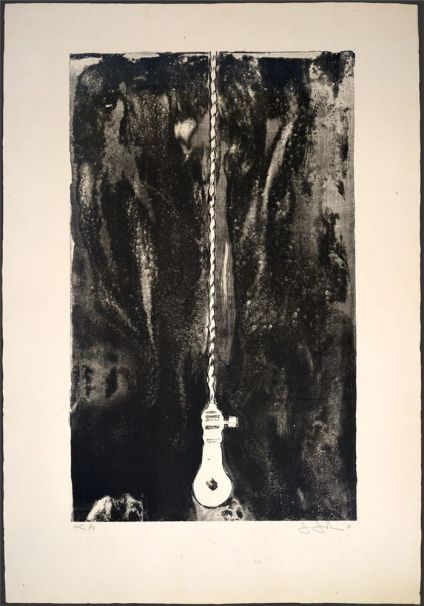
Left: Souvenir 2. Image available at www.artchive.com
Right: Recent Still Life. Image available at www.ulae.com
During the 1970s, he collaborated with many artists of the day, such as Andy Warhol, Robert Morris and Bruce Naumann. These collaborations helped to further his career and allowed him to continue his artistic studies and research. During this period Johns took on new perspectives and created new art forms, such as his illustrations for Frank O'Hara's book of ‘poem-paintings’, In Memory Of My Feelings. In 1964 he made one of his most famous prints, Ale Cans; an image of two cans of Ballantine Ale which he had previously made as a bronze sculpture in 1960. He searched for different ways of seeing and representing the same objects through a variety of disciplines, including printmaking, sculpture and even photography.
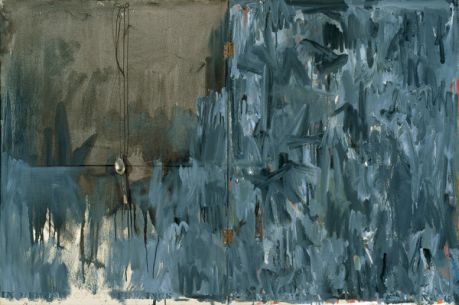
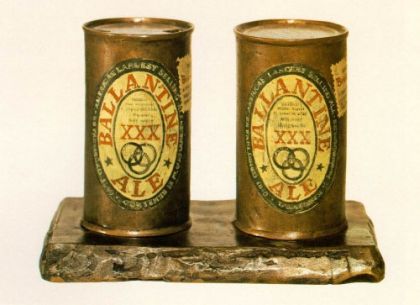
Left: In Memory of My Feelings. Image available at greg.org
Right: Two Ale Cans. Image available at www.theartsdesk.com
For some of Johns’ followers and students, the seventies marked a transition over to a more autobiographical style that was quite different from his early work. He paid homage to Cezanne and Picasso; dividing his paintings into various panels and creating works full of primary colours, such as Scent (1973-74) and the triptych Weeping Woman (1975). In this period he seemed obsessed with repetition and he remade images using a variety of artistic techniques and mediums. He made his friend John Cage’s aphorism his own: “if you do something more than once you get better results”. For Johns it was a matter of searching for the similarities and differences between the various representations that he created. Following a retrospective at the Whitney Museum of American Art in New York, Johns’ work was exhibited in galleries across Europe, including the 1978 Venice Biennale exhibition, and a show of 'working proofs' at the Kunstmuseum in Basel, among others.
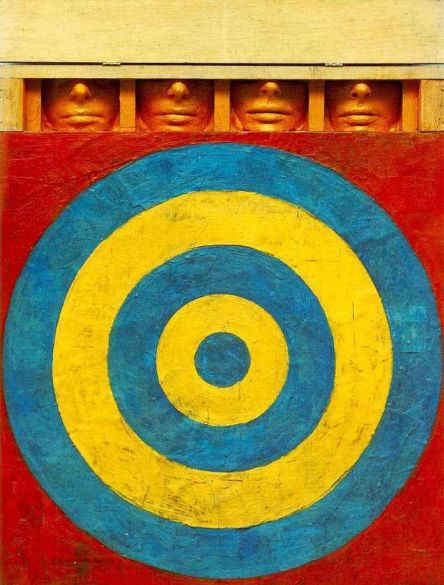
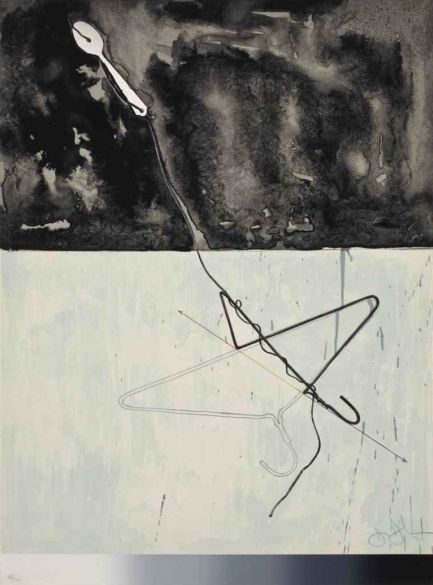
Left: Target With Four Faces. Image available at www.jasper-johns.org
Right: Coat Hanger and Spoon. Image available at www.christies.com
Johns’ work would change direction once again, as he experimented with innovative art forms and began a new creative cycle. For the 1987 exhibition The Seasons at the MoMA, Johns created a series of paintings called Spring, Summer, Fall and Winter which included human figures. That same year, the Reina Sofía Museum in Madrid hosted one of the most important retrospective shows of his career, featuring 180 works from 1960-1985. The show was curated by Riva Castleman, the director of the Department of Prints and Illustrated Books at the MoMA.
His work began to fetch incredible prices at auction, making Johns the most sought-after living artist of the day. However, throughout all of the experimentation and changes in style over his career, he never stopped creating. Nor did he ever abandon his love for the colour grey, as demonstrated in paintings such as Bridge (1997), Catenary (I call to the Grave) (1998) and Near the Lagoon (2003), in which he suspended strings across almost completely grey canvasses. His work returned to Spain in 2011 with a new retrospective exhibition organised by the Valencia Institute of Modern Art, which included the first public showing of a ‘New Sculpture’ he had made four years earlier.
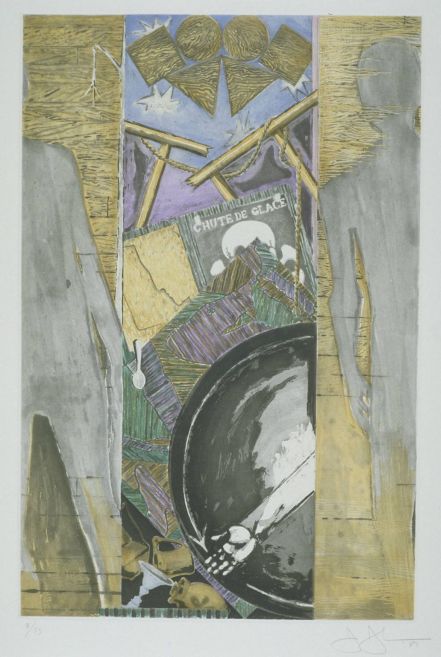
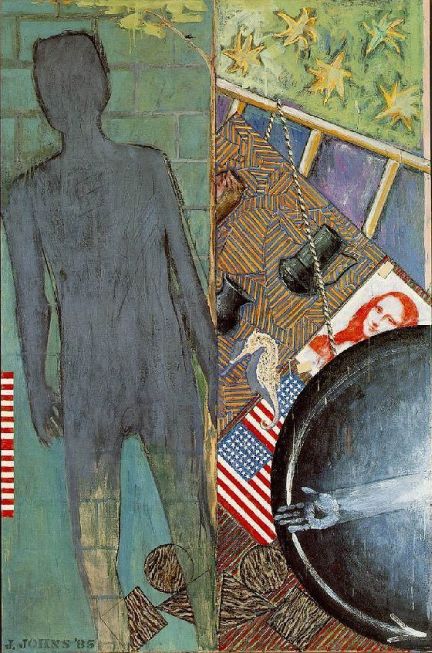
Left: Fall. Image available at dexedrina.blogspot.com.es
Right: Summer. Image available at www.jasper-johns.org
Famously, Johns said that “to be an artist you have to give up everything, including the desire to be a good artist”. Perhaps this explains the continuous shifts he made in his artistic trajectory; a restless man who constantly reinvented his style. Yet aside from this, his great power is evident in the overwhelming influence of his work on the following generations. He remains one of the most world’s most valuable living artists, whose work fetches astronomical prices at auction.
Even today at the age of 86, Johns continues to be news in the art world, as demonstrated by the success of his 2014 exhibition at the MoMA in New York, Regrets. This series of paintings, drawings and prints created during the previous year and a half were all based on a single photograph of the artist Lucian Freud, taken in 1964.
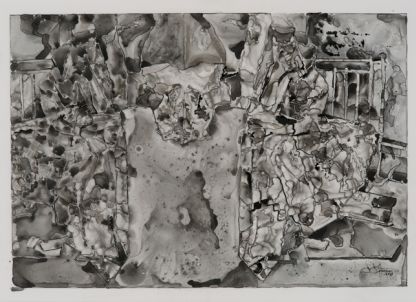
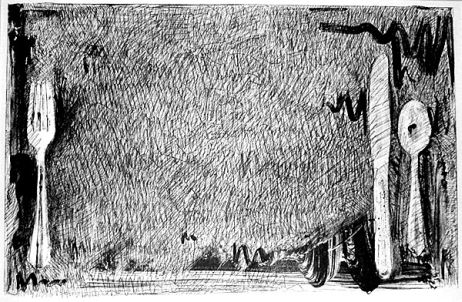
Left: Untitled. Image available at www.theartsdesk.com
Right: In Memory. Image available at www.spaightwoodgalleries.com
Johns once said that his work was “largely concerned with relations between seeing and knowing, seeing and saying, seeing and believing”. Throughout his entire career he has seen, known and created using almost every type of material and technique (including lithography, screen-printing, engraving and sculpture), producing a unique body of work and forging a movement of his own within the art world. For the next generation of artists that follow in his wake, Jasper Johns remains one of the great masters of the 20th century.
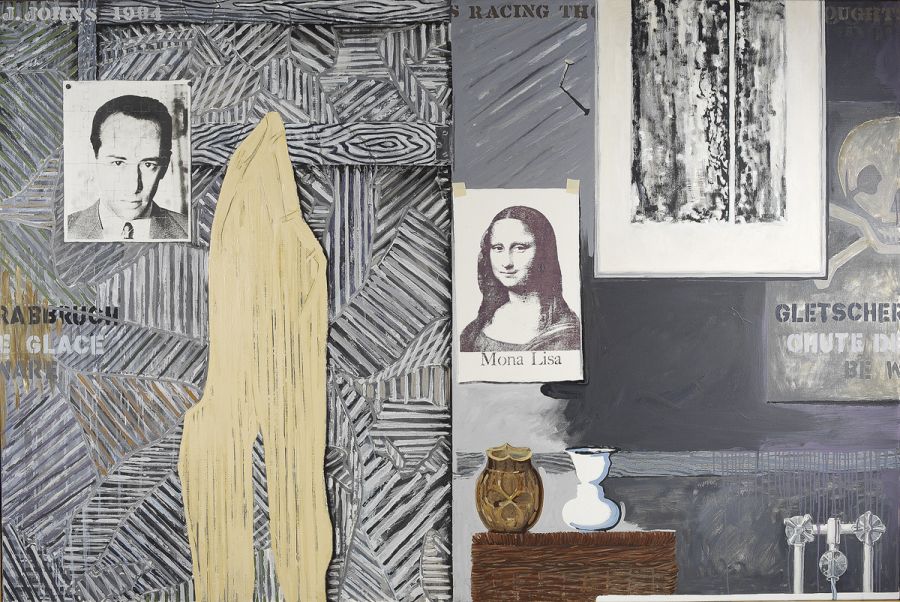
Above: Racing Thoughts. Image available at www.nj.com 7 February 2008
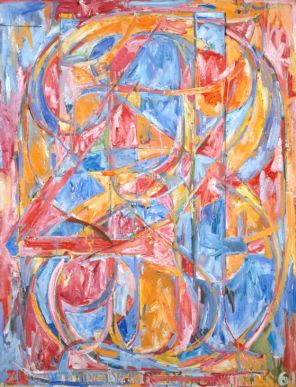
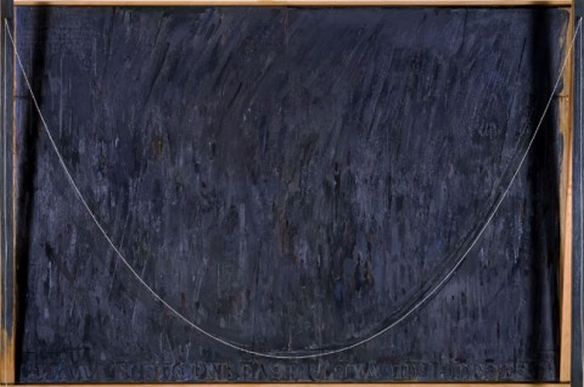
Left: Jasper Johns. Image available at drawpaintprint.tumblr.com
Right: Catenary. Image available at visualarts.walkerart.org
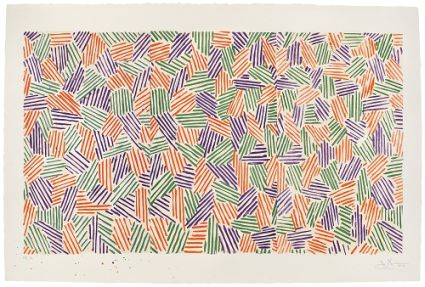
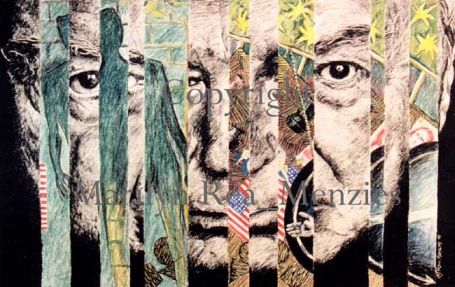
Left, above: Scent. Image available at www.artnet.com
Right, above: Homenage to Jasper Johns. Image available at www.tapestry.co.nz

0-9. Image available at www.jasper-johns.org
Translated from the Spanish by Ben Riddick
- Jasper Johns. Biografía, obras y exposiciones - - Página principal: Alejandra de Argos -



